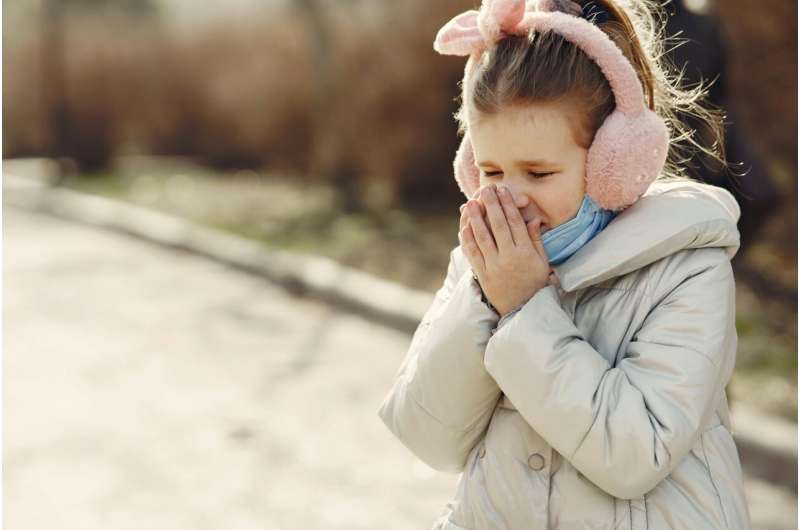Enhanced Signal Reliability in the Cerebral Cortex Compared to Other Brain Regions

New study reveals that synapses in the cerebral cortex transmit signals more reliably at low calcium levels, highlighting key molecular mechanisms behind brain adaptability and learning.
Recent research from Leipzig University's Carl Ludwig Institute has shed light on the remarkable efficiency of synaptic signal transmission within the human brain's cerebral cortex. Unlike other areas, such as the rear brain regions, synapses in the cortex operate with high reliability even at low calcium ion concentrations. This discovery reveals the pivotal role of specific sensor proteins, particularly synaptotagmin 1, which responds to lower calcium levels, facilitating more consistent neurotransmitter release. These synapses also demonstrate greater plasticity, contributing to the brain's adaptability and learning capacity.
The study involved detailed cellular analyses using the patch-clamp technique, calcium measurements via laser microscopy, and innovative methods like 'axon walking' to pinpoint active synapses along nerve fibers in mouse brain tissue. The findings highlight that the properties of synaptotagmin 1 critically influence synaptic reliability and plasticity, distinguishing cortical synapses from those in other brain regions. Understanding these mechanisms enhances our knowledge of healthy brain function and offers potential avenues for diagnosing and treating neurological disorders. Additionally, the insights could inspire advancements in artificial neural network development within the computer industry.
The research underscores the importance of the cortical synapses' responsiveness to calcium, which underpins vital functions such as sensory processing, learning, and adaptation. The detailed modeling efforts and experimental techniques open pathways for further exploration into regional differences across the brain, aiming to improve our understanding of neural communication and its impact on cognition.
This study was published in Science and was supported by insights into the molecular players like synaptotagmin 2 and synaptotagmin 1, elucidating their distinct roles in different brain areas. Future research will continue to explore the diversity of synaptic mechanisms and their implications for both neuroscience and technological applications.
Source: https://medicalxpress.com/news/2025-07-cerebral-cortex-synapses-transmit-reliably.html
Stay Updated with Mia's Feed
Get the latest health & wellness insights delivered straight to your inbox.
Related Articles
Confirmed Measles Outbreak in Kentucky Raises Public Health Concerns
Kentucky reports a new measles outbreak amid rising cases across the U.S., highlighting the importance of vaccination to prevent severe health complications. Stay informed on the latest developments in measles control efforts.
Research Suggests Common Cold May Offer Temporary Protection Against COVID-19
New research reveals that recent infection with the common cold may offer temporary protection against COVID-19 by boosting the immune response, helping explain why children often experience milder symptoms.
Impact of Marijuana Legalization on Traditional Prescription Drug Use
Research reveals that recreational cannabis legalization has led to a significant reduction in prescription drug claims in small insurance markets, highlighting shifting healthcare patterns.
New RSV Vaccine for Pregnant Women Significantly Reduces Infant Lung Hospitalizations
A new vaccine for pregnant women has demonstrated a 72% reduction in infant hospitalizations due to RSV, offering a valuable tool for preventing severe lung infections in newborns during winter seasons.



